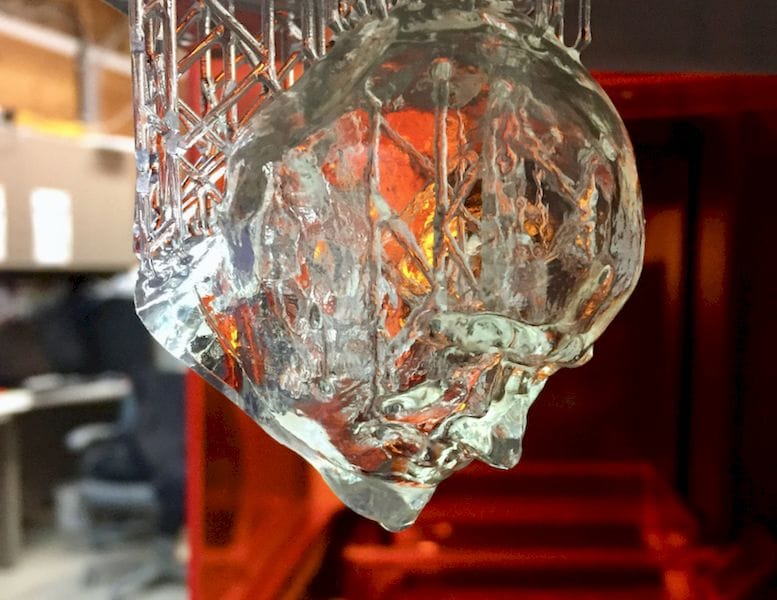
The more things happen, the more things are the same.
When inexpensive plastic extrusion 3D printers started to become popular widespread in 2010, one of the immediate complaints, beyond the incredible lack of reliability of the devices of those days, was the relatively poor quality of the prints.
At that time the print quality was indeed poor. Typical layer sizes then would have been 0.300mm or even 0.400mm. The resulting prints were almost always quite coarse, in addition to the wobbles caused by shaky mechanicals.
But of course that changed over time. Today, eight years later, we find the typical plastic extrusion machine to be vastly more refined. Strong metal frames resist vibration; linear rails smooth motion systems; calibrated extruders rarely slip; crafty hot ends meter out heat with precision; heated print surfaces and chambers resist warping; dual extrusion methods enable near perfect prints regardless of geometry.
Those improvements, which today appear in almost any reasonable desktop 3D printer, took years to appear, one by one, gradually adding to the defacto standard features on finds on these machines today.
But there’s another story. The Resin Story.
In a sequence with so many parallels, the resin 3D printing process emerged in 2012-2013, some years after the plastic extrusion flood began. Both were the result of the expiry of specific patents from Stratasys and 3D Systems, which permitted others to create inexpensive devices.
The resin process involves exposing a liquid photopolymer to UV light, usually with a laser or LED / DLP light engine. The resolution is typically quite good as the minimum feature size corresponds to the size of the laser beam or pixel.
Today we see something interesting happening.
When the resin machines first emerged, they were embraced by the community because they provided a solution to the print quality problem so often encountered with the plastic extrusion machines of the day. The prints were inevitably with superior surface quality, although not necessarily as strong.
But the ease with which one can construct a resin 3D printer led to an explosion of devices and options. While some ventures grew substantially, like Formlabs, a vast number of other companies launched resin machines, even from companies previously offering plastic extrusion equipment.
The result today is that there is perhaps too much choice; dozens, perhaps hundreds of resin machines with no significant difference in features or pricing. This situation will not persist.
We will very soon see a war begin among resin 3D printer vendors. Like their plastic extrusion predecessors, they will gradually add features to increase quality, increase speed, increase ease-of-use and possibly reduce pricing.
You’ll see the beginnings of this phenomenon with some new machines being announced this year. One that we saw even this week, the Microlay Versus, exhibits this effect, with a ton of terrific features well beyond the now-normal resin machines.
This war will be good for some companies, and very bad for some others. The best outcome, however, will be for you, the consumer of resin 3D printers, as the fewer choices of the future will no doubt be far more powerful.

